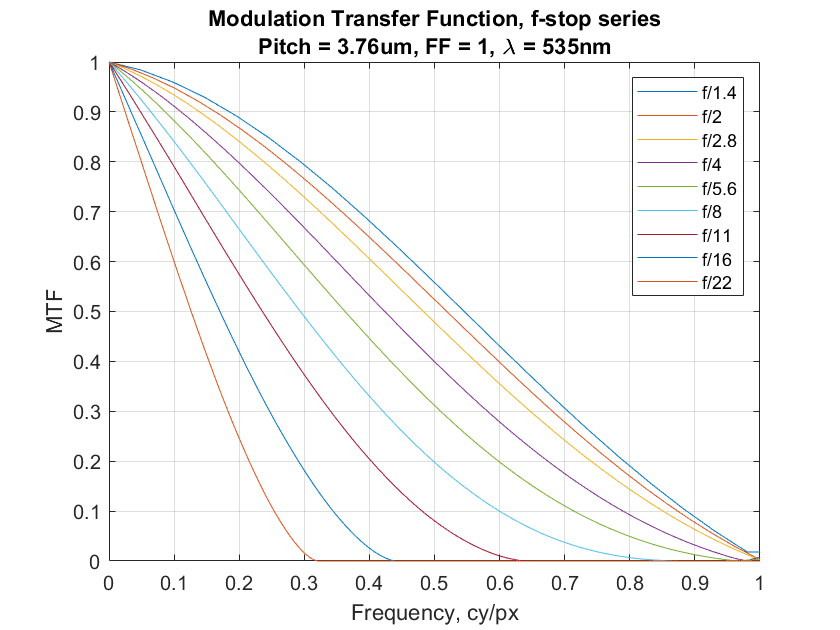

Understandably the press focused on these sleek new cameras bristling with innovative features and generally mentioned the L-mount only in passing. It officially became the L-mount when Leica announced the fully compatible full-frame version of the L-mount with the advent of the landmark Leica SL in late 2015. When Leica launched the L-mount in 2014 with the debut of the APS-C-format Leica T ((Typ 701) they initially called the T-mount. Leica says that this allows for wireless transfer speeds up to 10 times faster than the previous generation, with transfer speeds up to 35MB/s.It’s got 4 lobes, 10 electronic contacts… and legs! It’s not really a “universal mount” but it transports Leica into the mirrorless future.
Leica full frame sensor Bluetooth#
The camera also offers improved wireless connectivity via Wi-Fi 2.4 & 5 GHz and Bluetooth 5.0, and an upgraded Leica FOTOS app. It requires the optional HG-DC1 Wireless Charging Handgrip and a Qi-compatible charging mat, but then you can simply put your camera down to charge it instead of fussing with cables. Once in those editing programs, you can turn it off or make additional changes as well.Īnother new feature that adds convenience is the ability to wirelessly charge the camera. It saves the files as jpegs, but also saves the information in DNG files and automatically applies the adjustments when opening the field in Adobe Camera Raw or Lightroom. The Perspective Control system reads the scene and detects converging or diverging vertical lines, and then automatically adjusts to create a perspective-corrected image. The Leica Q3 gets the advantage of an M11 feature for automatically correcting perspective. If the above upgrades aren’t enough for you, there’s more. The Q3 supports wireless charging with the addition of an optional hand grip. The micro-HDMI port supports an external display. The USB-C port can charge the camera when it’s on or off, as well as tethered shooting. You’ll now have access to a USB-C (3.1 Gen 2 10Gbit/s) port and a micro-HDMI port on the side of the camera. But, the Q3 gets the addition of some handy ports, which the Q2 lacked. And there is still a single SD UHS-II memory card slot. And the 28mm f/11.7 Summilux lens remains consistent. The magnesium alloy body still features an IP52-rated design for protection against the elements. Overall, the body of the Q3 is almost exactly the same as its predecessor. The Leica Q3 gets a tilting LCD screen as well as micro-HDMI and USB-C ports. And it offers ProRes 422 HQ internal recording. Or, you can record 4K 60p with 4:2:2 10-bit color. The Q3 is capable of 8K 30p video with 4:2:0 10-bit color when recording internally or 8-bit when recording externally. On top of higher-quality stills and autofocus abilities, Leica also upgraded the video quality substantially in the new camera, making it a more well-rounded hybrid option. Despite all the improvements, the $5,995 price tag is only $200 more than the Q2, so we anticipate this replaces the Q2 as one of our favorite Leica compacts. Most notably, it offers a better viewfinder, faster shutter speed, and a jump from 47.3 to 60 megapixels and 4K to 8K video when compared to the Q2. And now, the company has announced the Q3, which brings quite a few pretty significant upgrades to the table. Leica even released multiple special editions of the Q2, including a James Bond-themed camera, Monochrom ‘Reporter’ edition, and an all-white “Ghost” by Hodinkee edition. And while the company makes various interchangeable lens options, its Q line of compact, fixed-lens cameras has been extremely popular. Queen Elizabeth II was even a big fan of Leica cameras and was frequently spotted with her M3. Leica is well known for its impressive, attractive, and expensive cameras.

We may earn revenue from the products available on this page and participate in affiliate programs.


 0 kommentar(er)
0 kommentar(er)
